

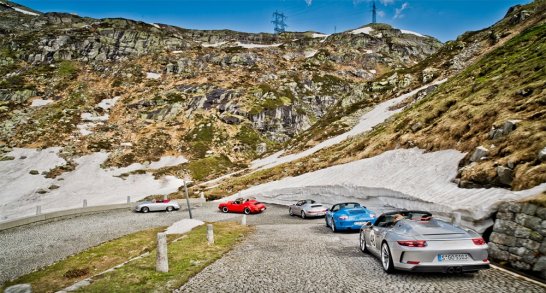
The Porsche 356 Speedster is part of the fabric of the Porsche brand and most other marques can but dream of such a seminal model in their sleep. The tale of its creation has been told countless times. And yet, it’s worthwhile to remind ourselves of the car’s story once again because it so beautifully embodies the puristic, ‘functionality-first’ design philosophy to which Porsche owes its rise and global success to this day.
In principle, the Porsche 356 Speedster was a two-man tent on wheels. It was the brainchild of one Max Hoffman, the Austrian-born, New York-based entrepreneur who represented the small German brand across the pond in the 1950s and, before long, had claimed half of the annual production of Porsche 356s for his American customers. The American sports car market at the time, however, was dominated by British brands such as Austin-Healey, Jaguar, MG, and Triumph, whose open-top roadster models also performed well out on the track and were especially popular in sun-drenched California. Rather shrewdly, Hoffman went to Porsche and proposed his idea for a competitive and affordable roadster version of the 356.

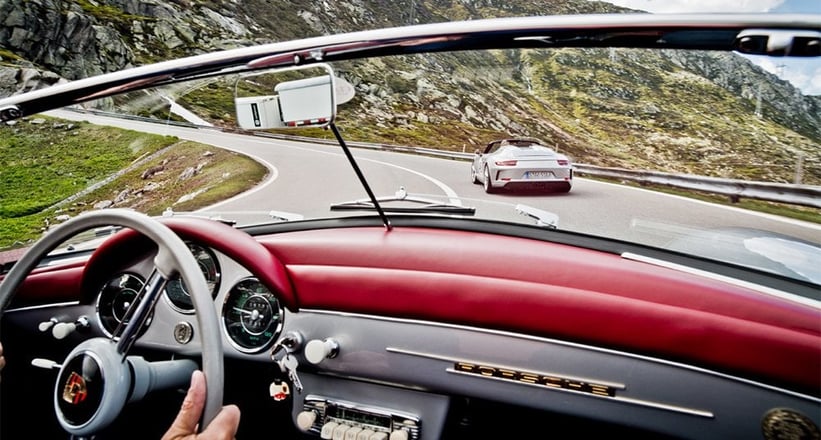
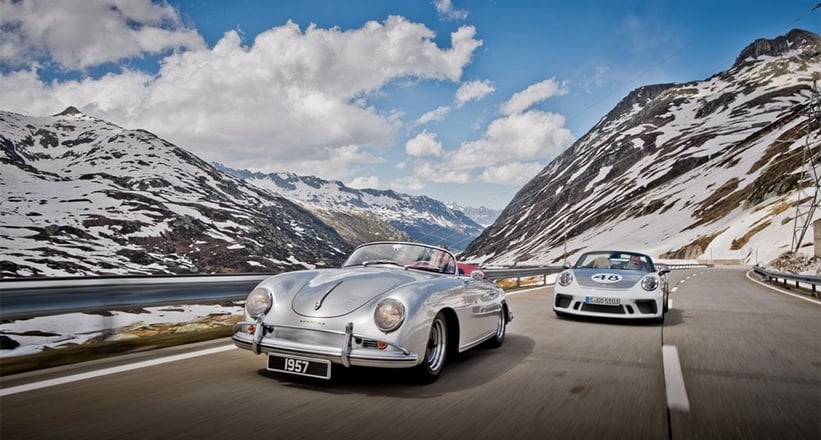
Much to Ferry Porsche’s behest, the Type 540 – an open, sharply suited sports car, christened the America Roadster by Hoffman – was given the go-ahead but alas, the handcrafted aluminium bodywork proved too expensive and only 17 examples ended up being built.
After further consultation with Ferry Porsche’s co-managing director Albert Prinzing, it was decided that Porsche would offer a spartan version of the drop-top 356 beginning from 1954. With a chopped windscreen, lightweight bucket seats, and tiny makeshift fabric hood, the Porsche 356 Speedster was not only particularly light but also remained below the magic 3,000-USD price mark. Interior trim and side windows had been omitted and even the heater and speedometer had been resigned to the options list.
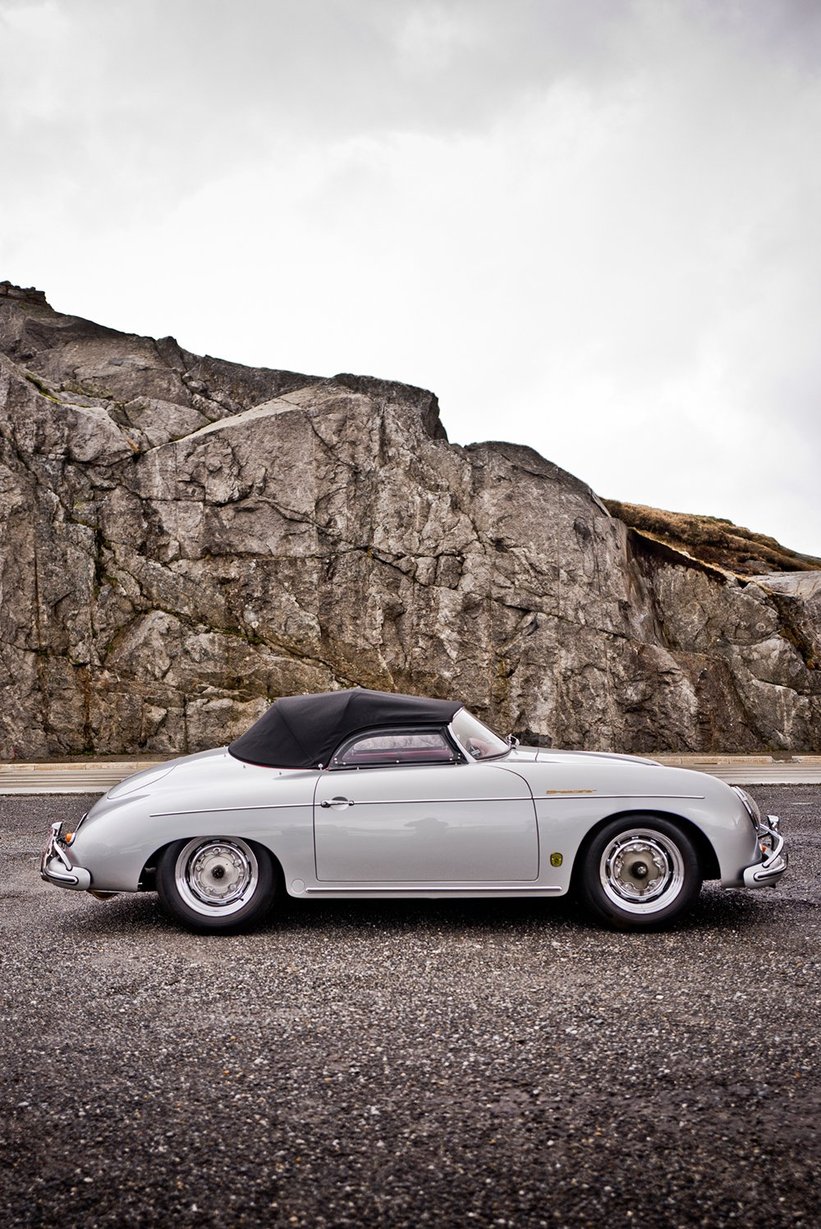
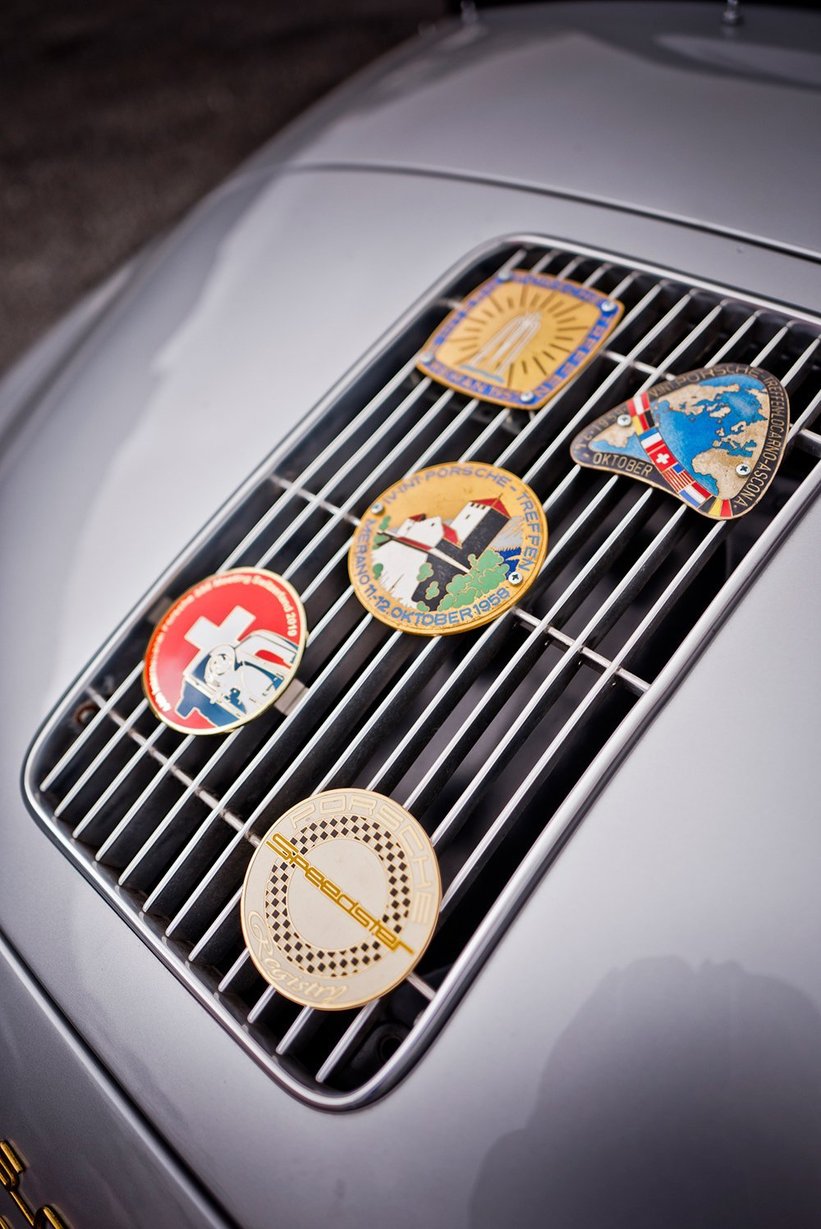
You couldn’t get less Porsche for your money. And yet the 820kg minimalist athlete, which was bodied by Reutter, became a great success. It was marketed by Hoffman under the slogan ‘Years ahead in engineering, miles ahead on the road’ and presented in his impressive showroom on New York’s Park Avenue. In 1957 alone, Porsche sold a staggering 1,171 Speedsters.

Although the Porsche 356 Speedster was conceived for the roads and racetracks of California, the dainty convertible still commands a strong, almost bewitching presence between the snow drifts high on the Gotthard Pass. Its functional elegance, the beauty of its materials, and the uncompromised conception are reminiscent of other post-War design icons such as the glass-fibre furniture of Charles and Ray Eames and Jean Prouvé’s prefabricated houses.
There you stand in front of the car and are unable to decide which details to worship first. The mesh-protected headlights? The bold and beautiful gold lettering of the Speedster name? The chrome waistline, which looks like it was drawn with one masterful stroke? The fact that this particular Speedster, a T2 1600 from 1957, was delivered to Max Hoffman in New York and spent the majority of its life in the Golden State before returning to Europe a decade ago makes it even more desirable.
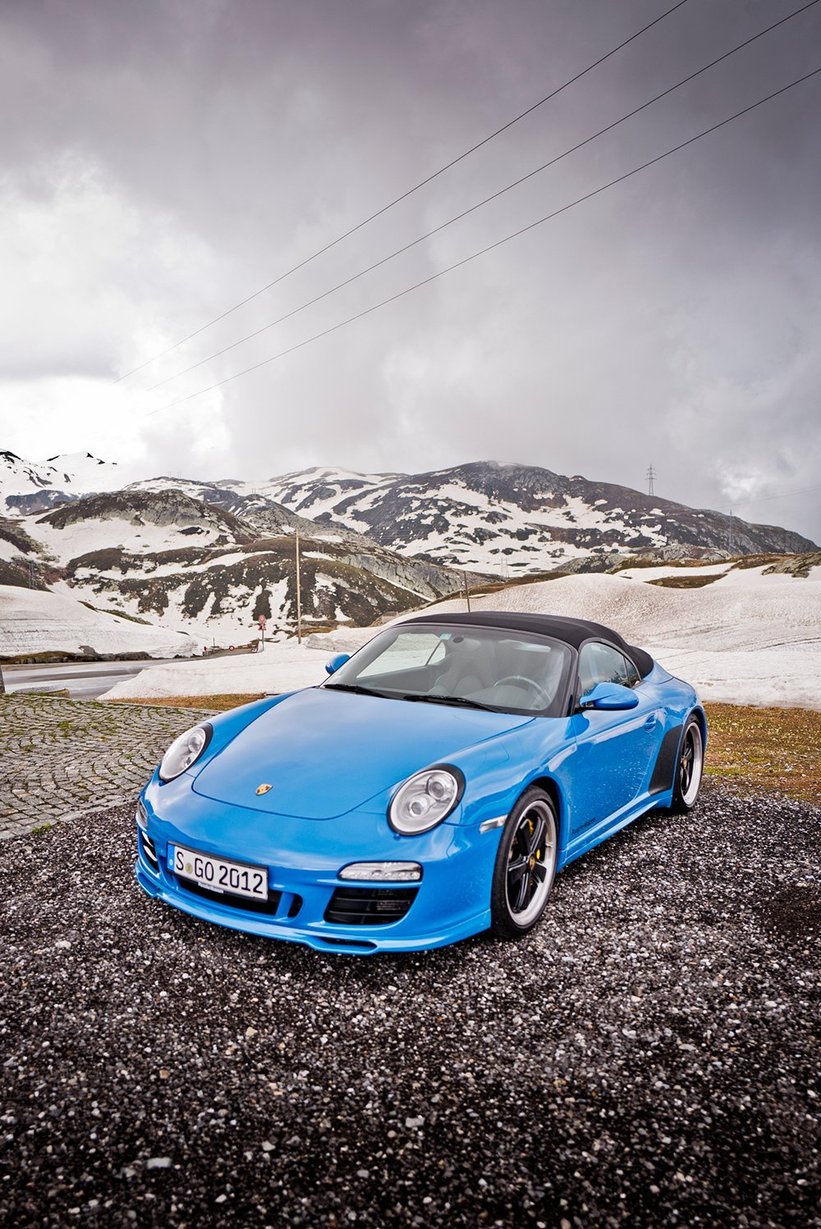
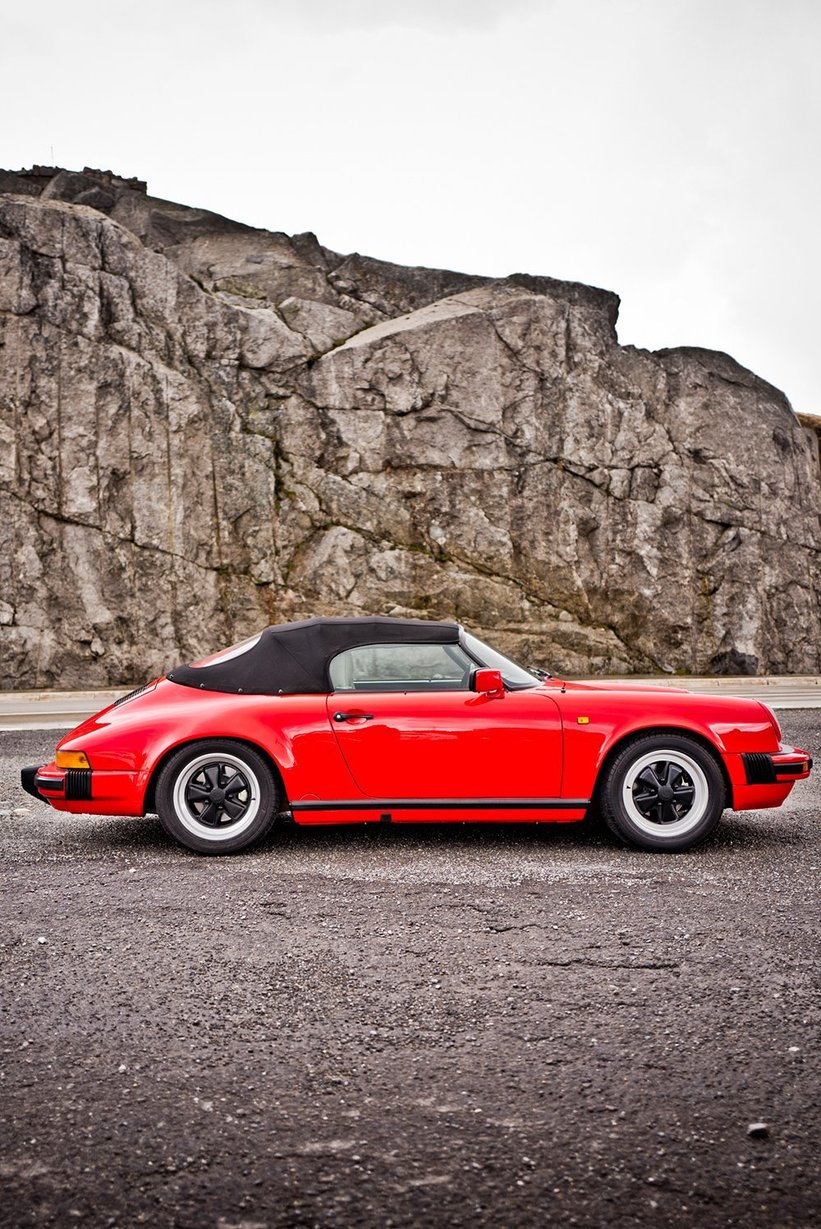
In 1958, the Speedster was replaced by the more comfortable Cabriolet D. And it would take another 40 years before Porsche recalled its puristic roots and revealed a new Speedster model based on the 911. The voluptuous model had already made a splash as a single-seater Clubsport concept at the Frankfurt Motor Show in 1987, and between January and July of 1989, 2,104 examples of the production Porsche 911 Carrera 3.2 Speedster were constructed, most of them with the wider Turbo-look hips. As a result, the mere 171 narrow-bodied versions, of which the red example we’re joined by is one, are particularly sought after by collectors today.
The G-series model was followed by a third-generation Speedster in the 1990s based on the 964. And although it was designed to be more comfortable than the track-derived Carrera RS, equipment was still very much limited to the necessities. That said, you could choose to ruin the fantastic power-to-weight ratio by ticking the stereo and air-conditioning on the options list. Like the Speedsters that preceded it, the ‘emergency roof’ required a knack to put up and take down.
Porsche originally intended to produce 3,000 964-gen Speedsters but ultimately, just 936 rolled off the line in Stuttgart. The silver example in our convoy comes from the USA, though thankfully its current owner has removed the ungainly third brake light.
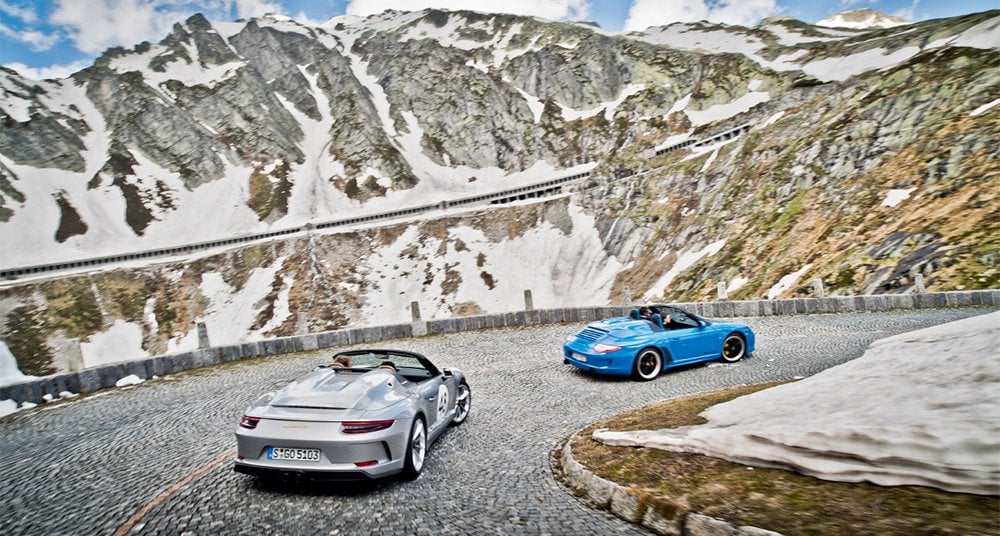
While just two Speedsters were custom built around the 993-generation Porsche 911 (one for Ferdinand Alexander Porsche and the other for Jerry Seinfeld), the marque reintroduced the nomenclature into its range once again with a 997-based model. Production was limited to just 356 copies, though with its full-leather cockpit, navigation system, and PDK gearbox, that was all it shared in common with its distant forebear. At around 1,540kg, the 997 Speedster offered every Porsche had to give in terms of creature comforts, though the roof was retained its cumbersomeness – this was a real Speedster, alright.
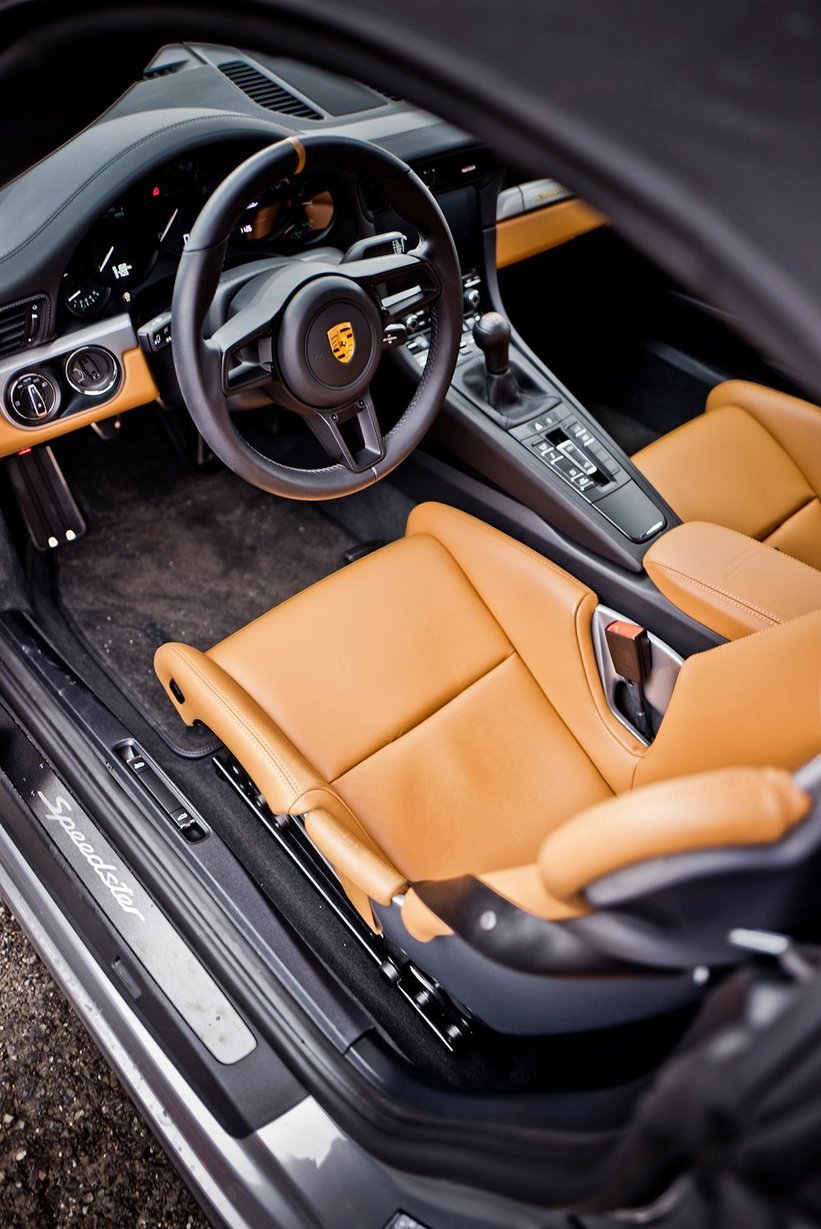
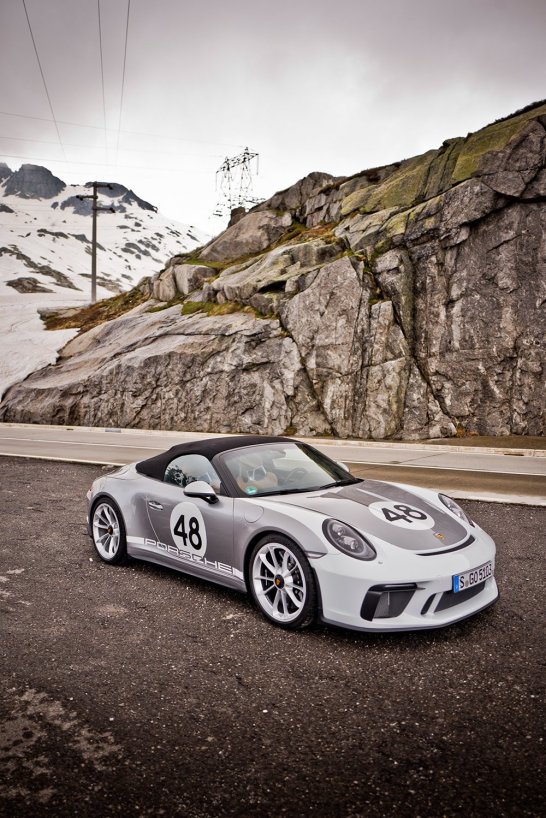
It speaks volumes that Porsche decided to celebrate its 70th anniversary in 2018 with a fifth incarnation of the Speedster, based on the 991. And this time, the designers and engineers really put some thought into deciding just what makes a Speedster. As such, you’ll find a naturally aspirated flat-six slung out over the rear wheels instead of the turbocharged motor found in the regular Carrera. The 4.0-litre engine, which kicks out 510HP, is coupled to a good old-fashioned manual gearbox and there are taught dampers, bucket seats, and radio and navigation options available only on explicit request. You also have to continue to lend a hand while erecting the roof, although the locking is now handled electronically.
Together with the R and the GT3 Touring, the newest Speedster is not only the most desirable version of the 991-gen 911, but also looks absolutely superb with its carbon-fibre body, taut roof, and retro details.

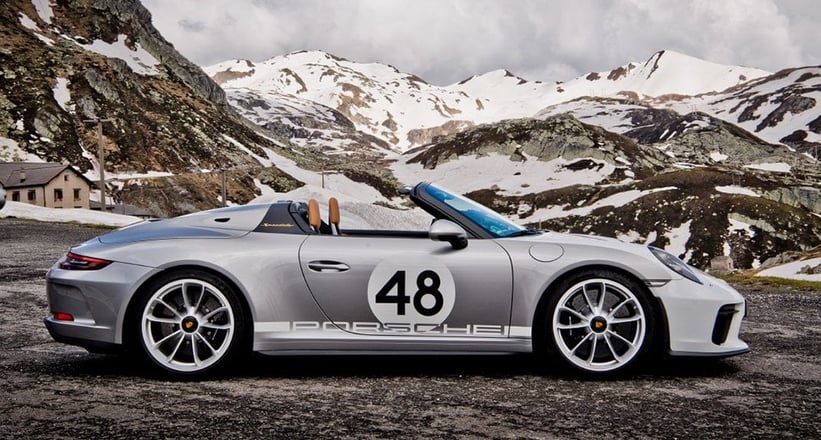
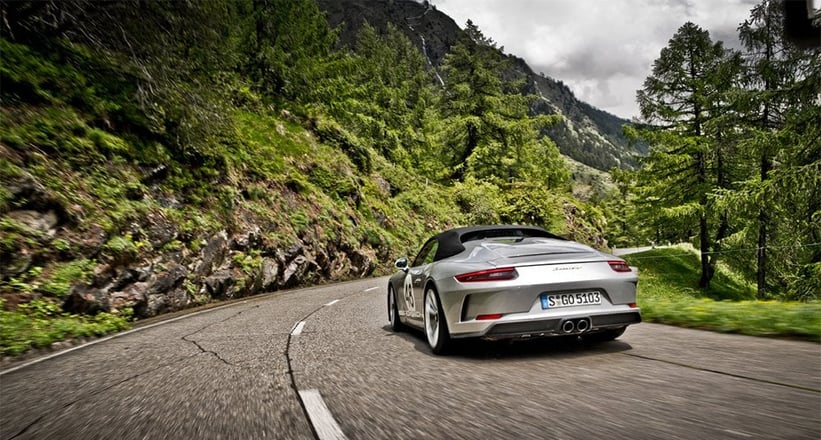
Tipping the scales at almost 1.5 tonnes, the new Speedster is, however, no flyweight. And one has to admit, on the mountain roads of the Gotthard, especially on the paved twists and turns of the old Tremola, the increase in driving pleasure directly correlates with the older and lighter cars. We should probably just accept that we can’t turn back the clock and even thoroughly sporty brands such as Porsche cannot avoid equipping their cars with regulation-meeting features like start-stop. A tiny, sub-1,000kg sports car dispensed of every conceivable creature comfort is simply no longer in the realm of possibility for a major manufacturer.
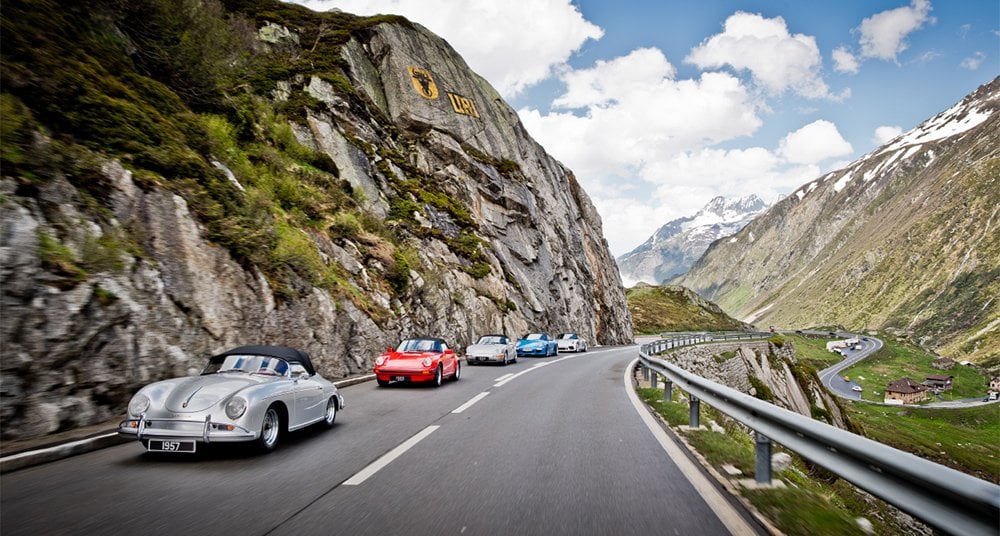
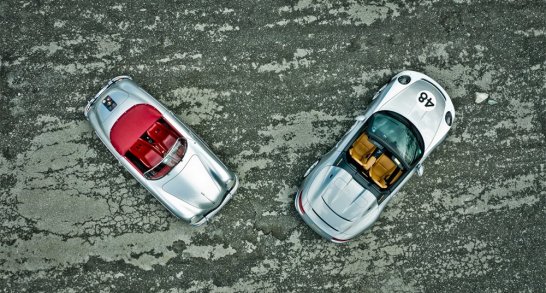
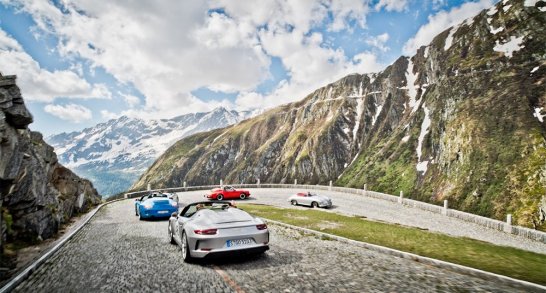
Nevertheless, to experience the five generations of Speedster in flying formation on the Gotthard Pass is to witness how passionately and authentically Porsche strives to pass on the inherent ‘soul’ of its sports cars from one model to the next. And no current car in the marque’s current line-up demonstrates this better than the Speedster, which truly embodies the global triumph of the brand through purism, sportiness, and design expertise. It binds the threads of the past, present, and future, and fortunately remains what the Speedster has always been: the fastest two-man tent in the world.
Photos: Stefan Bogner / Jan Baedeker © 2019


























































